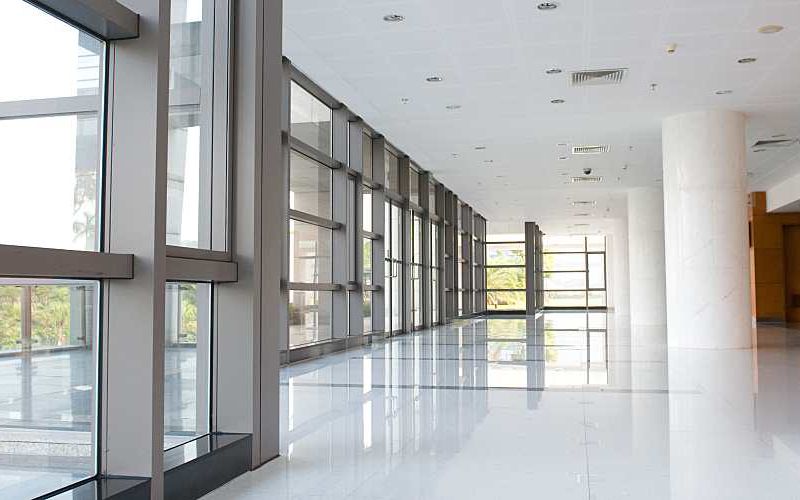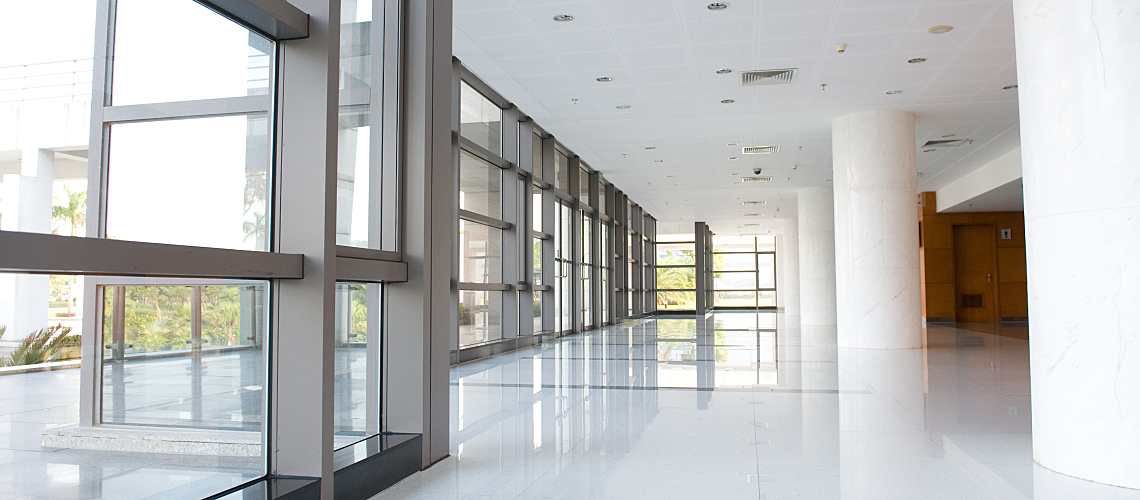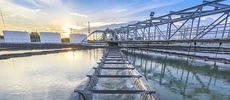Legionella Pneumophila Risks Rise as COVID-19 Empties Buildings


The COVID-19 pandemic has prompted countless offices, hotels, businesses, and facilities to close globally. Man-made water systems once used on a regular basis have suddenly become dormant. As these buildings sit empty, their Legionella pneumophila risks increase. The bacteria species is more likely to grow and spread in systems with stagnant or standing water, creating potential breeding grounds for Legionnaires' disease in the process.
Environmental scientists caution that buildings with low or no occupancy face a higher risk for Legionella growth in their water systems. They urge building owners and managers to follow industry-accepted protocols for system shutdown and startup during the COVID-19 pandemic.
FREE Best practices guide: Interpret your water testing results with confidence
As a water lab manager, you'll want to understand the water quality degradation issue in vacant buildings so you can better support your clients now and as they prepare for safe reopenings.
Ideal Conditions for Legionella Contamination
The connection between Legionella pneumophila contamination and water stagnation in building distribution systems is well-known. When buildings are used less frequently or shut down completely, water quality degradation becomes a silent but serious issue, warns the nonprofit Environmental Science, Policy & Research Institute (ESPRI) in a new brief called Building Water Quality and Coronavirus: Flushing Guidance for Periods of Low or No Use.
As building water systems go untouched, the disinfectant in the water dissipates and microorganisms grow on pipes, fixtures, and tanks. "Some of these [microorganisims] may cause disease if they are consumed or inhaled as droplets," the ESPRI explains. In addition, mechanical equipment like cooling towers, boilers, and pumps might not get routine maintenance, and backflow prevention devices could skip annual test cycles.
Similar risks are noted in a study by the Environmental Protection Agency that was published in the Journal of Applied Microbiology last year. In studying taps at residences and offices around the U.S., they found that Legionella pneumophila, Legionella pneumophila serogroup 1, and Mycobacterium avium occur sporadically. Water stagnation — which they define as increased water age, lack of movement, and lack of disinfection residual — within distribution systems can create niches where waterborne microorganisms flourish, the researchers explain. This can compromise the quality of water transported to taps, ultimately putting public health at risk.

"Biofilm formation within a structure is another factor that should be considered, as it relates to persistence, especially in large office buildings or vacation-only homes with opportunities for water stagnation where taps are occasionally not used for extended periods of time," the researchers write.
Recommendations for Safe Re-Occupancy
To protect public health, it's crucial for building owners and managers to safeguard their water systems from Legionella. In the U.S. and Europe, about 1 in 10 people who contract Legionnaires' disease will die from it, according to the Centers for Disease Control and Prevention and the European Society of Clinical Microbiology and Infectious Diseases (ESCMID).
The ESCMID recently issued guidance for managing Legionella in building water systems during the COVID-19 pandemic. They identify several risk factors for Legionella growth, including:
- Water temperatures between 77 F and 122 F (25 C and 50 C).
- Poor system flow.
- Certain plumbing materials.
- Aerosol formation.
When restarting a system that's been closed or had the hot water shut off for more than one month, the ESCMID recommends monitoring temperatures and biocide levels, if applicable, for at least 48 hours before taking Legionella samples from the sentinel outlets. Microbiological samples taken too soon after disinfection could give false-negative results.
The ESPRI also offers recommendations on preparing buildings for re-occupancy. In buildings with at-risk populations, such as the elderly, the institute suggests sending water samples to a qualified lab for analysis. Flushing the entire building will help mitigate problems that emerged when water was stagnant, the guidance says. After flushing, additional water samples should be collected to determine whether these efforts were successful or should continue.
The COVID-19 pandemic has created unprecedented public health challenges around the globe. You can support building managers and owners by helping to curb the spread of Legionnaires' disease. This two-step process starts by helping clients understand the risks surrounding stagnant water, then providing them with timely testing so they can reopen their buildings safely.






